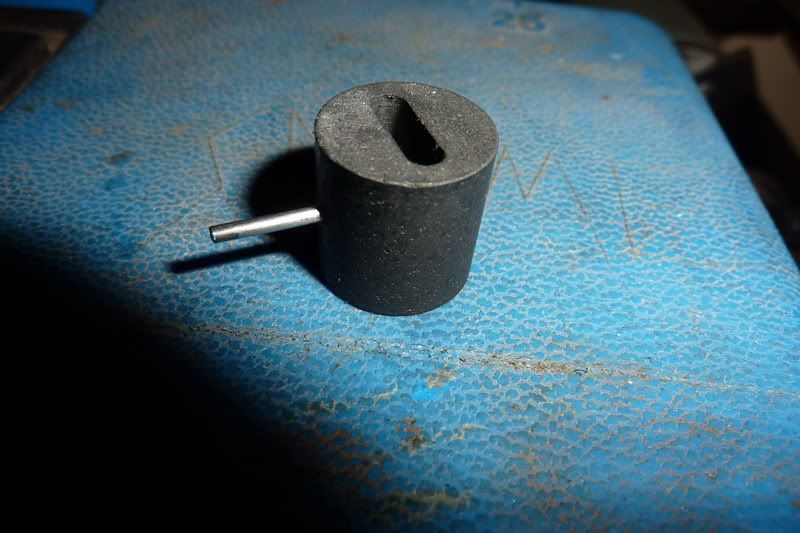student_Machinist
Feist92
- Joined
- Jan 19, 2008
- Messages
- 86
- Reaction score
- 4
NickG said:I did as Frazer said for the tool, I always use HSS tools, I find they give me a better finish. Cast iron should be turned pretty slowly actually, it's quite a small diameter we're talking about though. I'm lucky as I can get right down to 34 rpm in my lathe - that's for really big stuff though, I think for the pistons I used the slowest non-back gear speed which was about 200rpm I think. As Frazer says, slowest feed - again I'm quite lucky as my lathe has a screw cutting gearbox and at the finest feed you can hardly see the carriage moving.
Sorry if you've already said but how did you make your bore? I struggled the first couple of times then used a method that Jan Ridders suggested, using an adjustable reamer after boring to keep it round rather than trying to lap and bringing the unknown into it.
Bob's trouble shooting is logical, I'd do this before going any further if I were you. If any of the rod is out of alignment though, just enlarge the holes a touch - people get hung up on having close fits, which is all well and good but if you can't hold the geometric tolerances it will all just bind up. Give it a bit of clearance so it can move a bit and find it's own place. As long as there isn't a massive amount of play in it, it won't affect anything, it will just reduce friction and stop the binding, unless of course it's way out.
That is the trickiest thing about 'poppin', some of the clearances on the drawing are very small - I found myself looking at things thinking, "that's not critical" but then thinking more about them "oh yes it is because it will foul on this, that or the other" !
Keep plugging away, you'll get there.
Nick
I agree with the hss, its all i use Im just not sure what angle to grind it at for cast. How would i go about adjusting the reamer to size while keeping the blades parallel? I made the bore with a boring bar then lapped it with a bit of wood i turned down with a slit (about 3/4 of the diameter deep)down its length and some cutting compound to get it smooth. Ill probably try running an adjustable reamer through the bore and making a new piston





